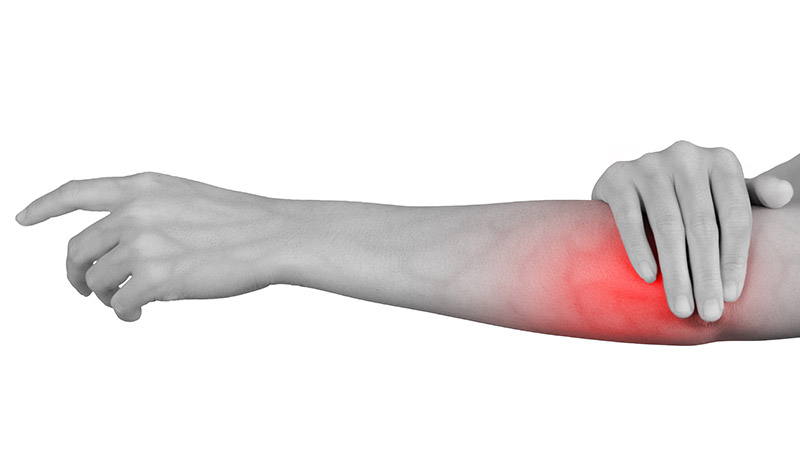ELBOW FRACTURE
ELBOW FRACTURE
Elbow fracture refers to a break in one or more of the bones that make up the elbow joint, including the humerus, ulna, and radius. It is a common injury that can occur due to a variety of reasons, such as trauma, falls, sports injuries, and accidents. Depending on the severity of the fracture, treatment may range from conservative methods to surgical intervention.
CAUSES OF ELBOW FRACTURE
Elbow fractures can be caused by a variety of factors, including:
- Trauma or injury to the elbow, such as a fall, a direct blow to the elbow, or a sports injury.
- Repetitive stress or overuse, such as in athletes who perform repetitive arm motions or individuals who use their arms for heavy lifting or manual labor.
- Osteoporosis or other conditions that weaken the bones, making them more prone to fracture.
- Certain medical conditions that affect bone health, such as cancer or rheumatoid arthritis.
- Aging, as bones become more brittle and prone to fractures with age.
SYMPTOMS OF ELBOW FRACTURE
The symptoms of an elbow fracture may include:
- Pain in the elbow
- Swelling around the elbow
- Difficulty moving the elbow
- Bruising around the elbow
- Numbness or tingling in the fingers, which could indicate nerve damage
- A visible deformity or bump on the elbow, may indicate a displaced fracture.
In severe cases, there may be an open wound, bleeding, or bone protruding through the skin.
ROLE OF ORTHOPEDICIAN
An orthopedician plays a significant role in the treatment of elbow fractures. They are trained to diagnose and treat fractures of the bone and related injuries of the elbow joint. Their role includes:
- Diagnosis: An orthopedician will perform a physical examination of the elbow and may order imaging tests such as X-rays, CT scans, or MRI to confirm the diagnosis of an elbow fracture.
- Treatment: Treatment for elbow fractures depends on the severity of the injury. Orthopedicians may recommend immobilization of the elbow with a cast or brace to allow the bone to heal properly. In more severe cases, surgery may be necessary to repair the fracture.
- Rehabilitation: After the bone has healed, an orthopedician may recommend physical therapy to help regain strength and mobility in the elbow joint.
- Follow-up: An orthopedician will schedule follow-up appointments to monitor the healing process and ensure that the elbow is functioning properly. They may also recommend regular checkups to monitor for any potential long-term complications, such as arthritis or nerve damage.
